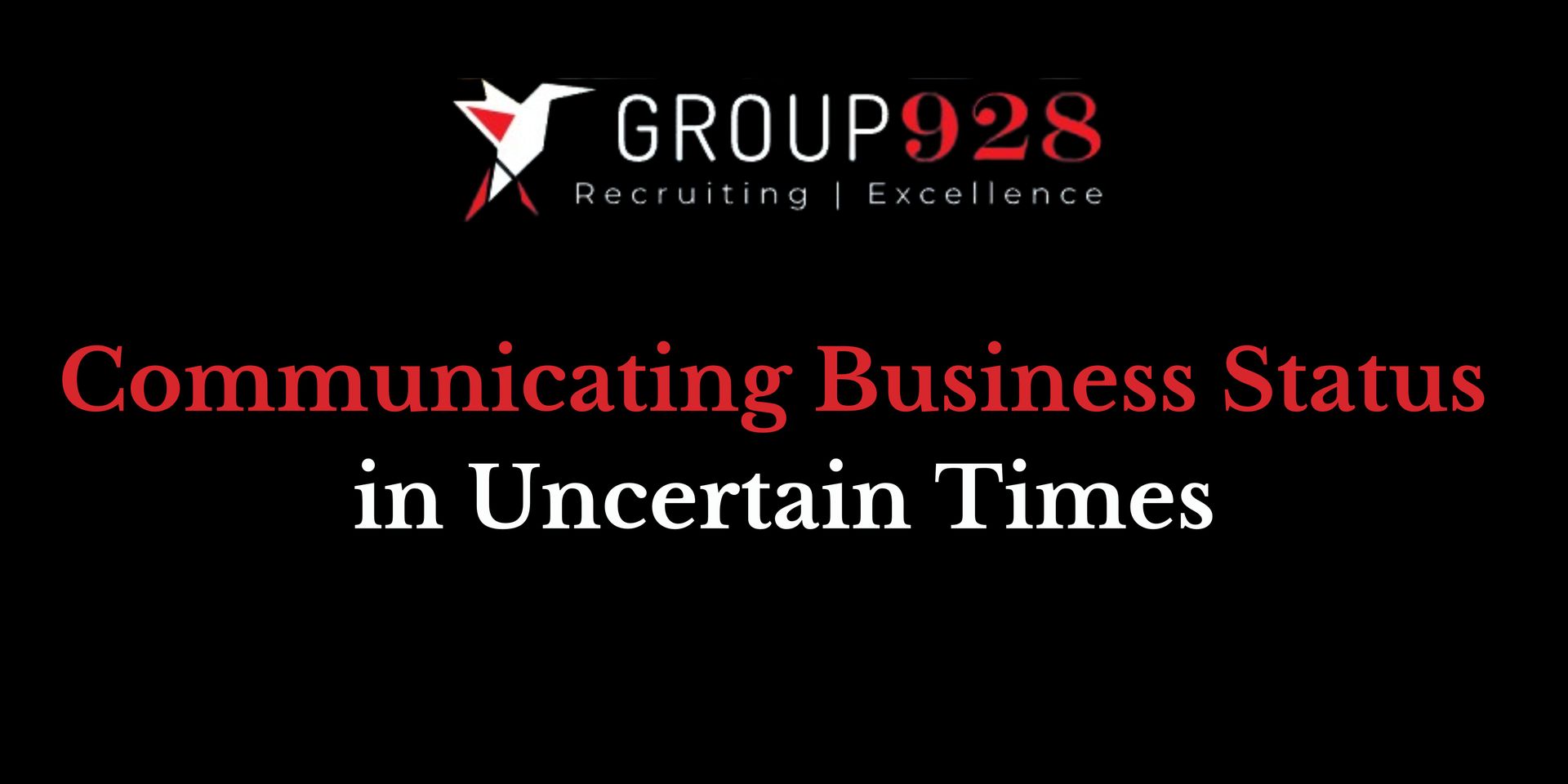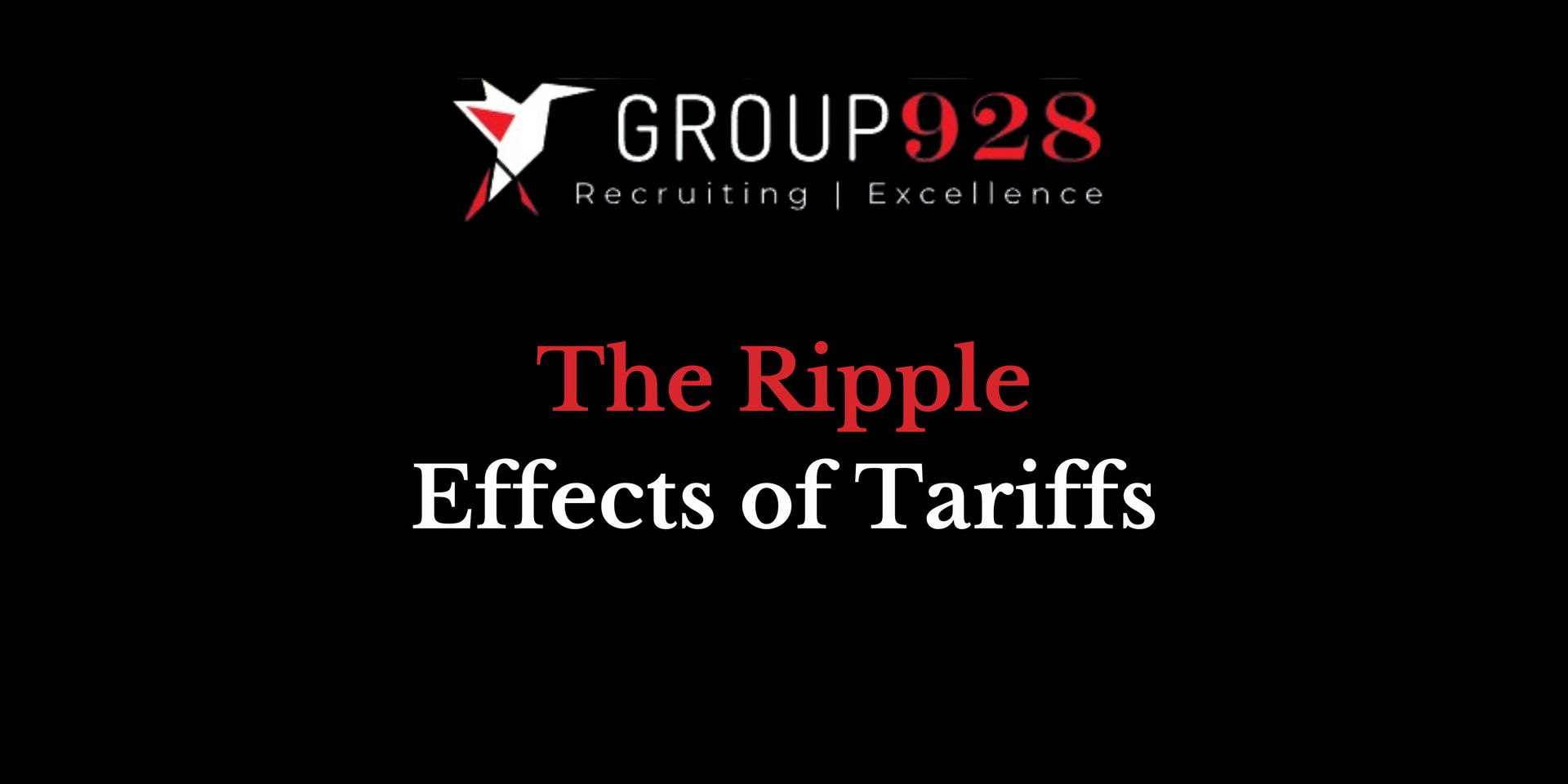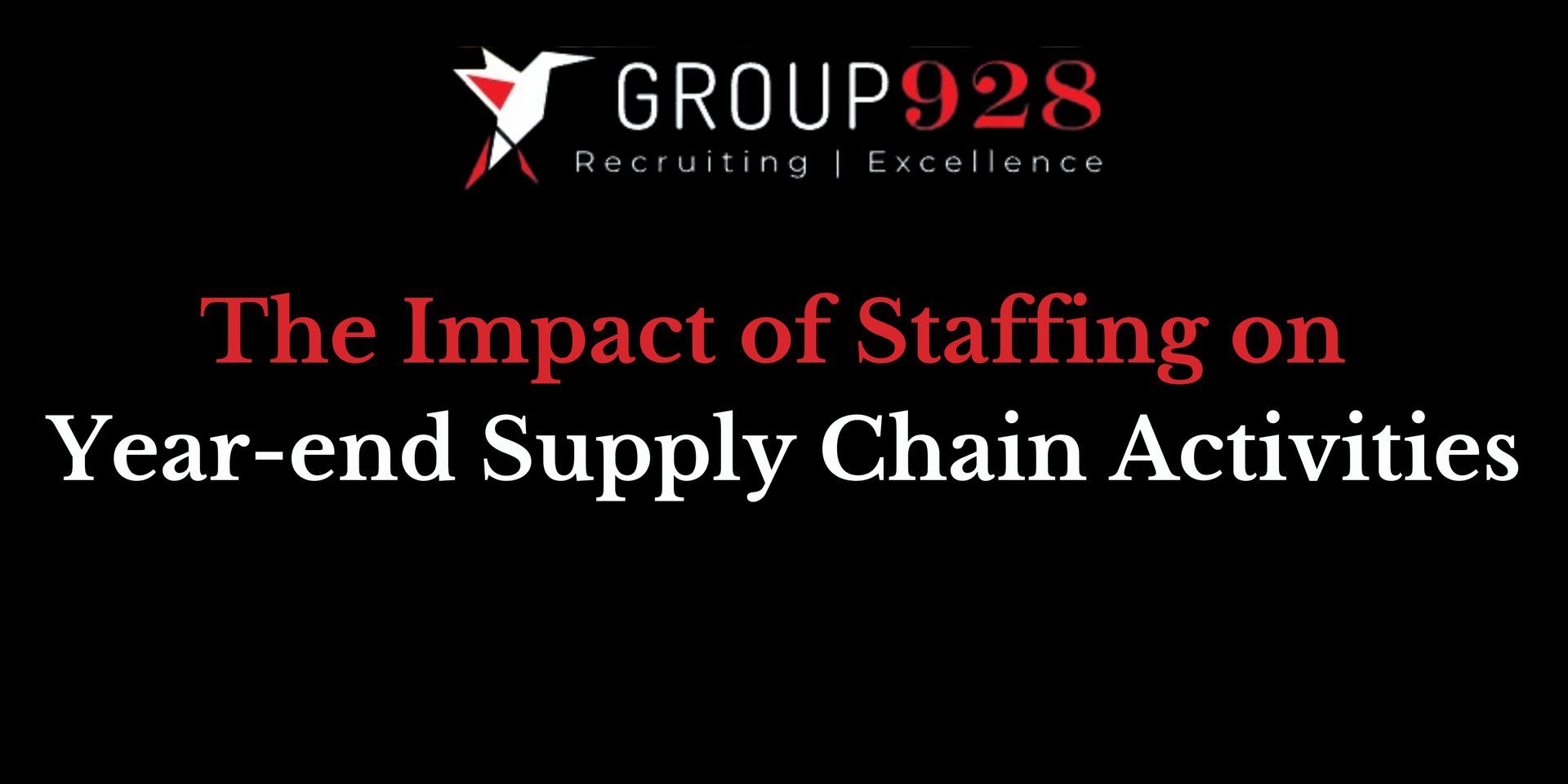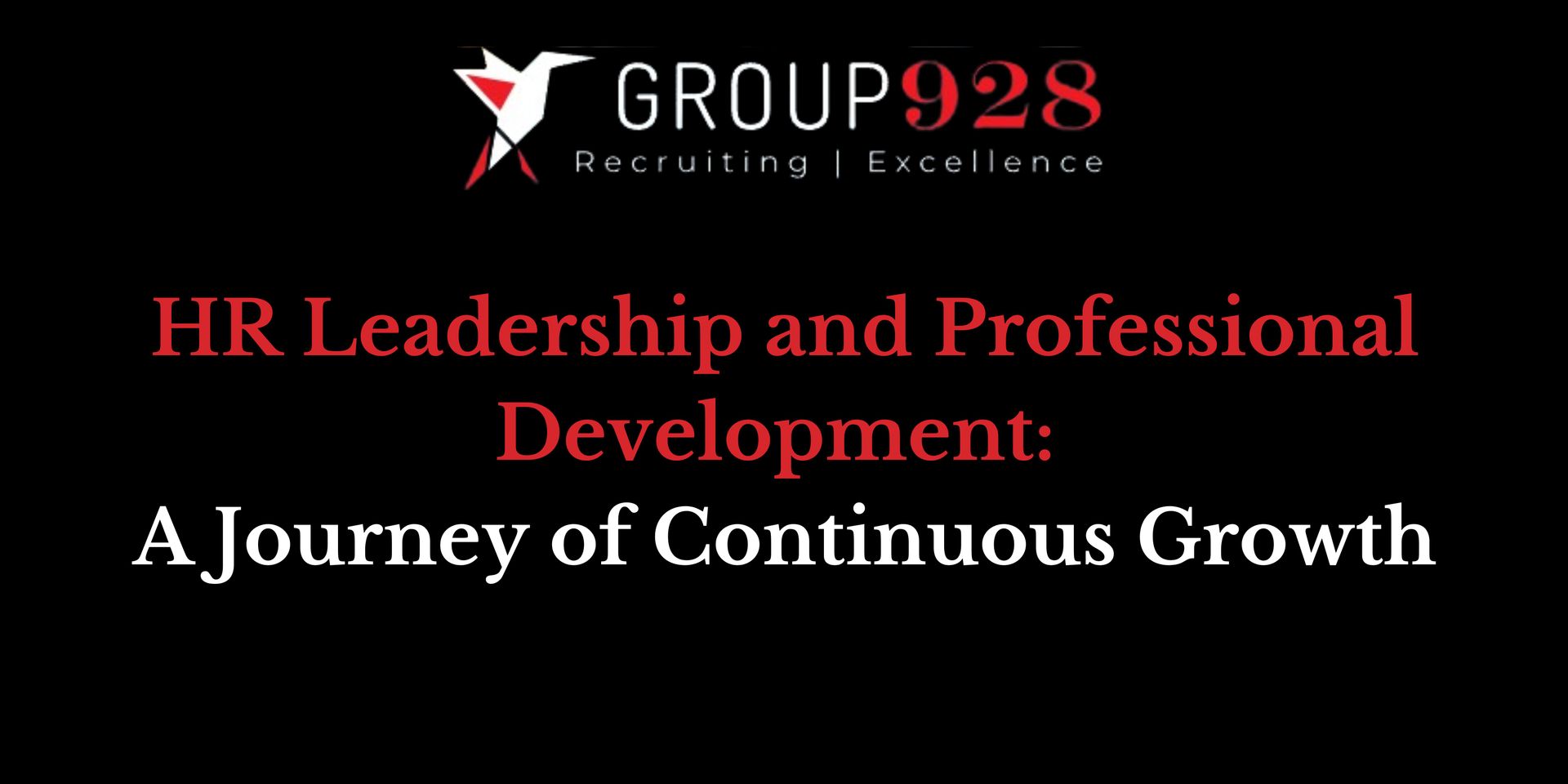During my years as an HR Executive, I learned that one of the most impactful decisions an organization can make is choosing the right HR strategic partners. These partnerships, when leveraged correctly, can significantly enhance your HR capabilities and drive business success. Let me share some insights on how to work effectively with HR strategic partners.
First and foremost, view your HR partners as extensions of your team, not just vendors. When I transitioned from HR Executive to recruiter, I realized how crucial this mindset is. The best partnerships are built on mutual trust and a deep understanding of each other's businesses.























